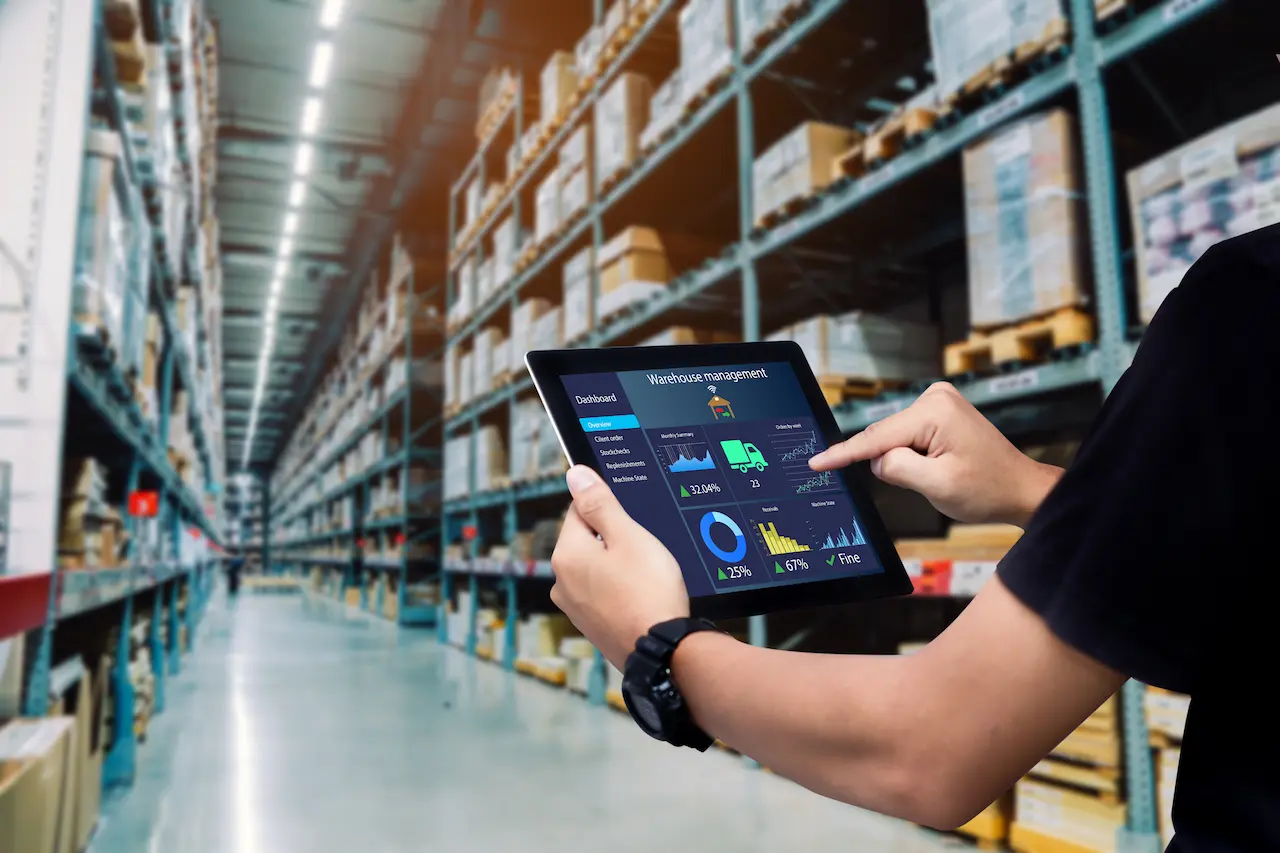Think about all the things you can track: how much time you spent last night in REM sleep. The minutes until your General Tso’s chicken is delivered by Uber Eats. How many calories burned in your latest workout. Your home’s energy consumption in a month.
So, it seems pretty crazy then that companies are still in the dark when it comes to exactly how millions of dollars worth of product reaches their customers each year. For decades, the way we ship packages has remained the same: stick items on the back of a truck and hope for the best.
This not only exposes businesses to an unfathomable amount of risk, but it also means that expensive inefficiencies run rampant in their operations, draining their profit margins.
At Grip, this status quo is unacceptable, and we are on a mission to fix it.
Grip was developed to give perishable DTC eCommerce brands a 21st century logistics platform which could tell them the real-time performance of different carriers, the recommended service for each package, the ideal amount of refrigerant for perishable goods depending on real-time temperature and weather conditions, alerts to major weather events which could impact their shipments, and the status of each package in the system.
This allows companies to make real-time dynamic decisions to ensure that shipments arrive on time, in excellent condition, and that opportunities to save money are not lost.
DYNAMIC SHIPPING
Blizzard developing in the Dallas area? If it hits a zip code where one of your customer’s is, you may want to pull packages before they leave the fulfillment center and let your customers know that you’ll send their purchase in a few days instead. Not only does this show your customer that your company is on the ball and delivers great service, but it also reduces the likelihood of that inventory being lost, because if a package only has a 15% chance of arriving at its destination, why would you even send it?
In the last year, Grip tracked 11,000 weather events across 3,000 cities and discovered that during a blizzard, the chance of your delivery being late increases by nearly 40x.
Additionally, if carrier A is performing better than carrier B, Grip will recommend using their service instead, especially if it’s cheaper. This enables Grip clients to only spend on premium services when needed and to reduce shipping costs where possible without risking the customer experience.
At Grip, we’ve dubbed this process “dynamic decision making.” For a dynamic world, it’s essential that businesses are able to adapt to shifting conditions in real time. Most brands operate using a static decision-making model which means that the way they send a box to California is the same 365 days a year. This is a costly mistake.
If conditions are changing on the ground, then companies should be able to see that information and respond to it instead of handing their goods (and precious customer relationships) over to a truck and praying it will work out.

